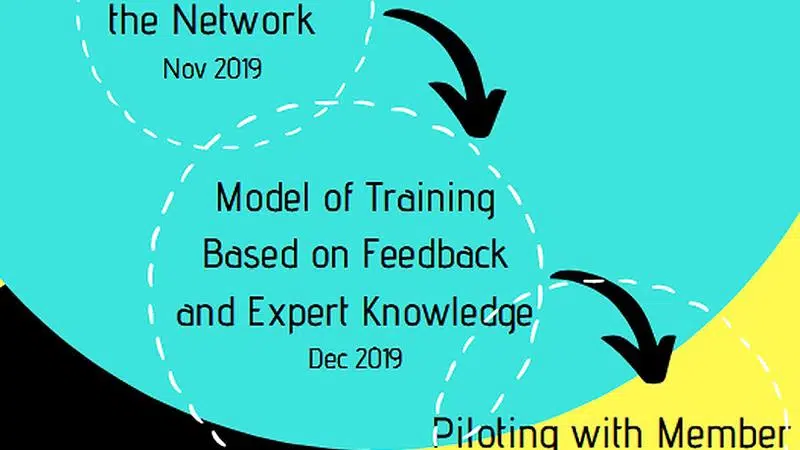
Anti Racism Training in Saskatoon
The Saskatoon Anti-Racism Network is hosting a series of Anti Racism Training sessions that continue into 2020.
See the posters for details.
Anti-Racism Education
Racism is a reality. Anti-racism education is essential in order to identify racism and effectively work towards the elimination of racial discrimination and inequality.





